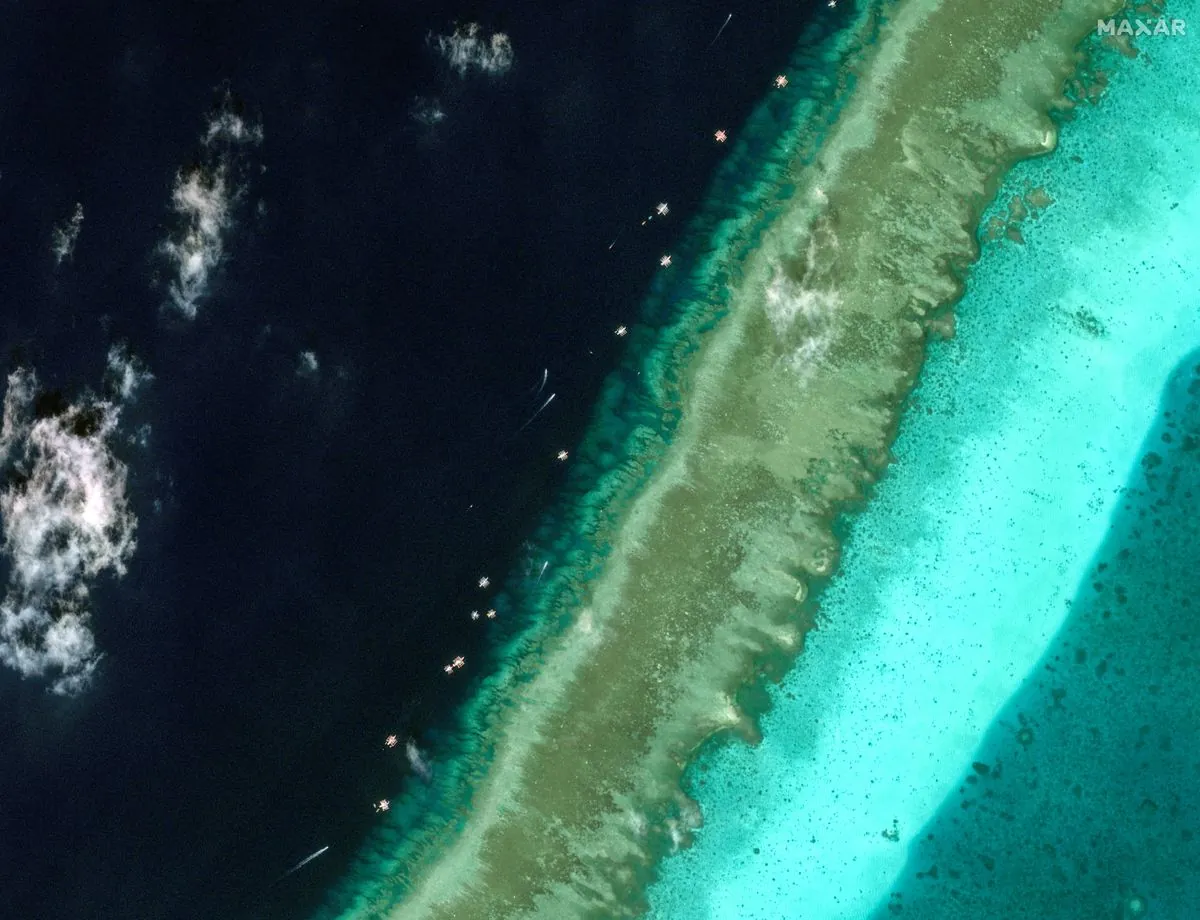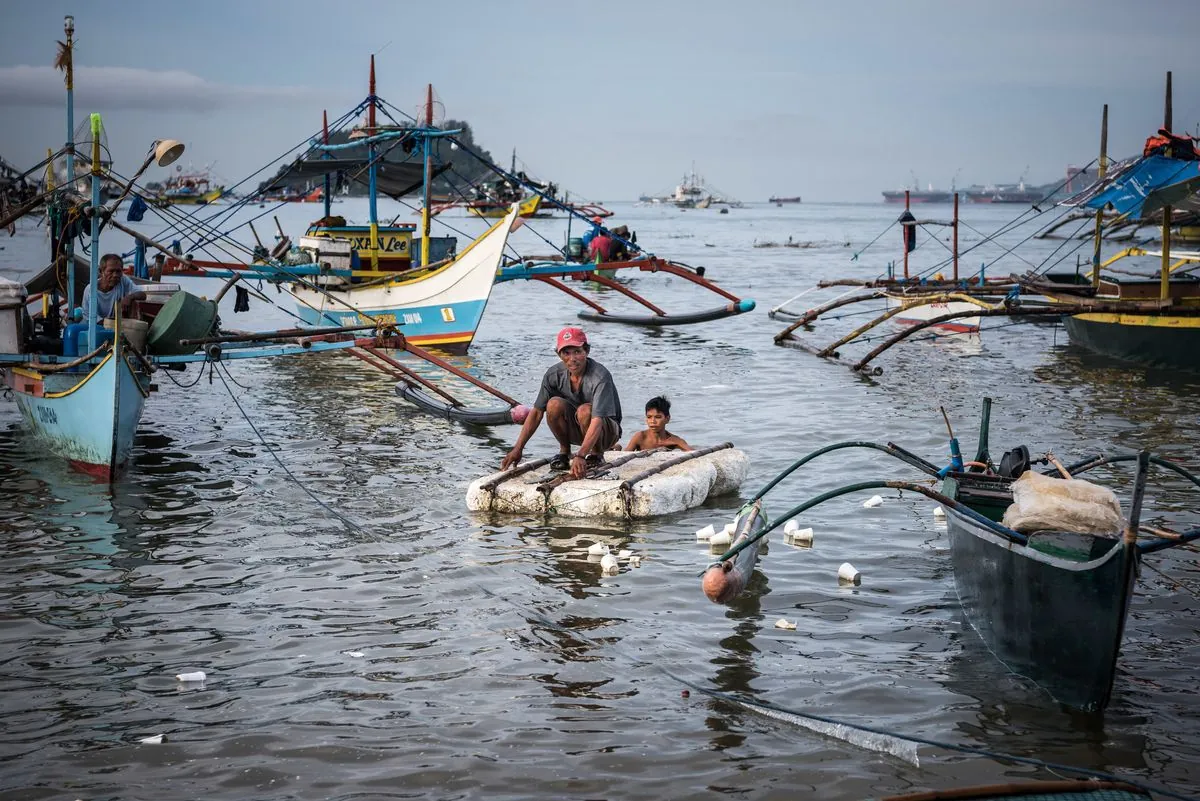Philippines-China Clash in South China Sea Escalates Tensions
A recent confrontation between Philippine and Chinese vessels in the South China Sea has reignited tensions. The incident, involving a resupply mission, highlights ongoing disputes despite recent diplomatic efforts.

In a recent development that has heightened tensions in the South China Sea, the Philippines and China engaged in a confrontation on August 20, 2024. The incident, which occurred near Sabina Shoal, involved a Philippine resupply mission for fishermen and Chinese vessels.
The Philippine South China Sea task force reported that Chinese ships employed "aggressive and dangerous manoeuvres" to obstruct the mission. According to their statement, Chinese vessels rammed and used water cannons against a Philippine Bureau of Fisheries ship carrying essential supplies for Filipino fishermen. In response, China's coast guard claimed it had taken "control measures" against a vessel that had "illegally" entered the waters.
This latest clash overshadows recent diplomatic efforts between the two nations. In July 2024, the Philippines and China had agreed to "restore trust" and "rebuild confidence" in managing maritime disputes during a high-level meeting. However, the incident near Sabina Shoal has cast doubt on the effectiveness of these efforts.

The South China Sea, covering approximately 3.5 million square kilometers, has been a longstanding source of regional tension. China asserts sovereignty over nearly the entire area, including regions claimed by the Philippines, Taiwan, Malaysia, Indonesia, Vietnam, and Brunei. This expansive claim, known as the "nine-dash line," encompasses about 90% of the South China Sea.
In 2016, an international arbitral tribunal in The Hague ruled that China's claim had no basis under international law, a decision hailed as a landmark victory for the Philippines. However, Beijing continues to reject this ruling and has maintained its presence in the disputed waters.
The strategic importance of the South China Sea cannot be overstated. It is estimated to hold 11 billion barrels of oil and 190 trillion cubic feet of natural gas, making it a valuable resource-rich area. Additionally, it serves as a crucial maritime route, accommodating one-third of the world's shipping traffic.
The Philippines has taken steps to assert its sovereignty in the region. In 2012, it renamed parts of the South China Sea as the "West Philippine Sea." The country's claim is based on its 200-nautical-mile Exclusive Economic Zone (EEZ) under the United Nations Convention on the Law of the Sea (UNCLOS).
"These unprofessional, aggressive, and illegal actions posed serious risks to the safety of the Filipino crew and the fishermen they were meant to serve."
The recent confrontation is not an isolated incident. Just days before, on August 15, 2024, Manila accused Beijing of "unjustifiably" deploying flares from the China-occupied Subi Reef while a Philippine aircraft was conducting patrols. Furthermore, on August 19, 2024, a Philippine surveillance aircraft reportedly faced harassment from a Chinese jet fighter near the Scarborough Shoal.
These incidents have prompted the Philippines to reiterate its call for Beijing to cease "provocative actions that destabilise regional peace and security." The United States, a treaty ally of the Philippines since 1951, has echoed this sentiment, condemning China's actions.
The ongoing disputes have led to increased military spending among Southeast Asian nations, reflecting the growing concerns over regional security. Meanwhile, the Association of Southeast Asian Nations (ASEAN) has been working on a Code of Conduct for the South China Sea since 2002, aiming to establish guidelines for peaceful resolution of conflicts in the region.
As tensions continue to simmer, the international community watches closely. The South China Sea, home to over 3,000 species of fish and vital to global trade, remains a focal point of geopolitical contention, with far-reaching implications for regional stability and international relations.


































